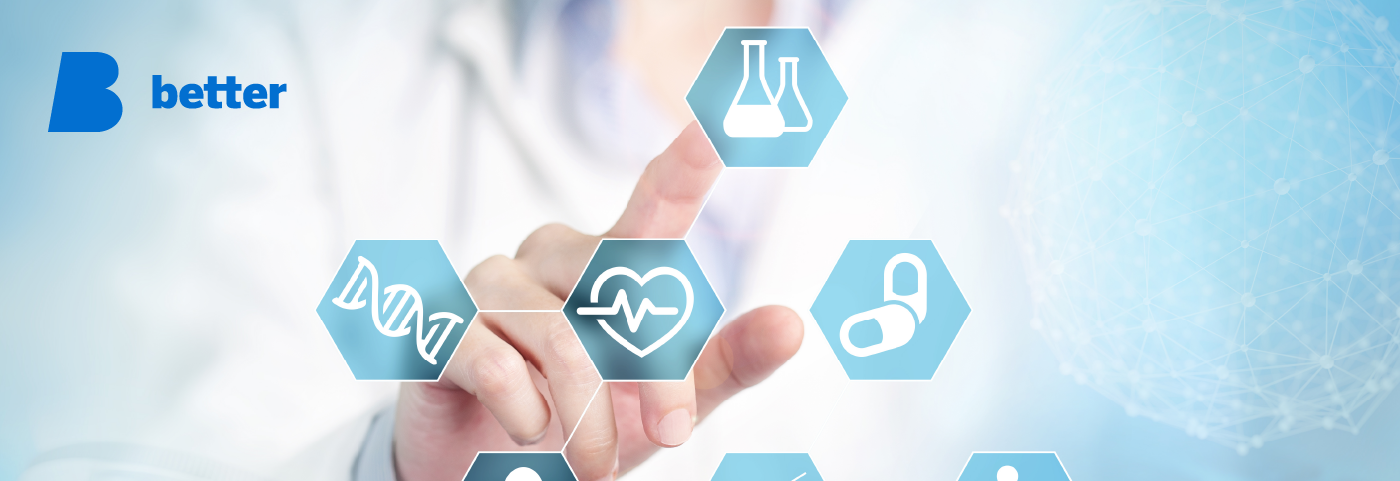The WHO and ITU Publish the Digital Health Platform Handbook
Deciding on a regional or national digital infrastructure that will support new models of care and our future ambitions for more integrated health and care in a cost effective, future-proof, and sustainable way can be quite demanding. To help with that process, the World Health Organization (WHO) and International Telecommunication Union (ITU) have recently published the Digital Health Platform Handbook (DHP): Building a Digital Information Infrastructure (Infostructure) for Health.
According to the WHO and ITU, “The concept of the DHP emerged from a recognition that most digital health progress thus far has arrived in the form of individual applications and information systems. While they do successfully accomplish specific tasks, these digital tools often operate independently from each other.”
The publishers of the handbook argue for a system-wide approach to application and architecture design that emphasises the development of an integrated, standards-based, and interoperable whole. “This is far better than a piecemeal approach that results in fragmented and isolated digital health tools.”
The DHP delivers digitalisation benefits for national or regional healthcare systems:
- The rapid development of digital health services and applications as part of a wider national e-health strategy.
- A simple and consistent information exchange: the DHP allows for the data-driven integration of all the applications and solutions, thus removing the need for them to integrate directly, or even to be aware of one another.
- A more efficient development of new applications, as well as improvements to existing solutions, because the applications and systems only need to know how to connect to and interact with the DHP components as part of a workflow. Thus, there is no need to integrate with existing applications and develop the boilerplate functionalities already provided by the DHP.
- A single normalised patient record: developers can be certain that their software gathers information which is consistent, understandable, and accessible to other healthcare programmes and services.
Furthermore, there are also important clinical benefits:
- achieving health and care goals in a more predictable, efficient, and cost-effective manner, and with reduced risk
- overall quality and continuity of care
- adherence to clinical guidelines and best practices
- efficiency and affordability of services and health commodities, which is achieved by reducing the duplication of efforts, and ensuring the effective use of time and resources
- health-financing models and processes
- regulation, oversight, and patient safety, which result from an increased availability of performance data and reductions in errors
- health policy-making and resource allocation based on better quality data
You can access the full handbook here.
In addition to Ernst & Young and Gartner, this is the third major recognition of the digital health platform approach in 2020 alone. Following this approach, Better has been working with care providers, and regional and national healthcare systems around the globe to help them set up and assemble data-driven digital health ecosystems for a decade. Some of these include The City of Moscow, Russia, Malta, and Slovenia.
